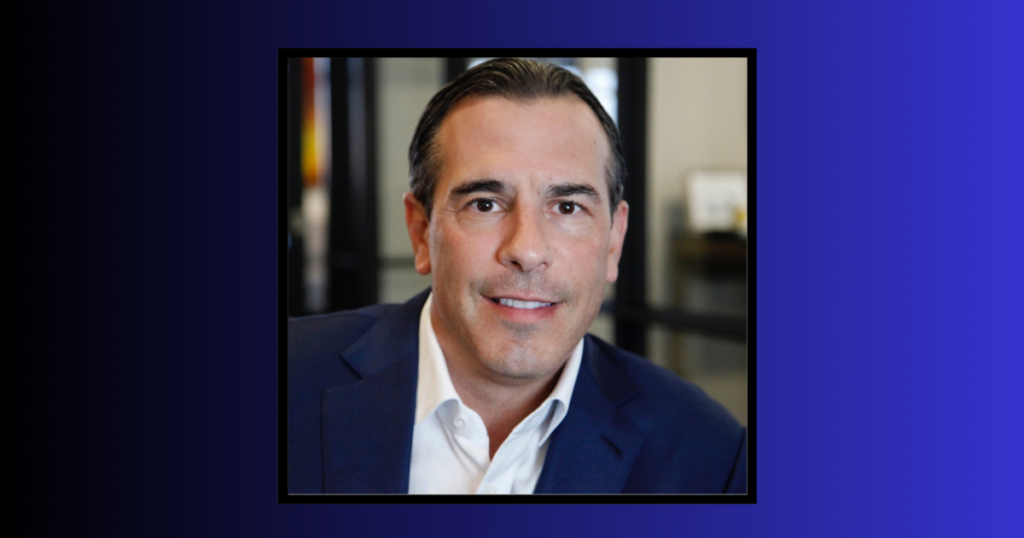Why in-house insurance is becoming a core RIA offering

Independent RIAs, once viewed as outliers where brokerages and private banks held sway, are now power players in wealth management — and their access to smart insurance strategies is only deepening this trend.
Along with adherence to the fiduciary standard, access to state-of-the-art technologies and investment offerings, RIAs have doubled down on personal service, adding tax and estate planning as core offerings to provide clients with upmarket family office experiences.
Matthew Celenza, co-founder and CEO of Boulevard Insurance Strategies
Insurance is the obvious next step for RIAs looking to gain significant competitive advantage in the context of risk management.
After all, discussions of legacy planning, taxes, family situations and financial objectives inevitably raise “what if” questions that, often enough, only insurance can address, with the ensuing conversations necessitating deep dives into a client’s financial health, prompting crucial discussions about long-term security and risk tolerance.
By integrating insurance as a service offering, RIAs can offer tailored solutions that address a client’s specific needs and risk profile. And, in making insurance a core wealth management offering, RIAs disrupt traditional models of insurance distribution dominated by captive agents, ensuring life insurance strategies are in harmony with clients’ wealth plans, not competing with them.
READ MORE: Supreme Court case highlights planning strategies for family businesses
The RIA advisor can make sure life insurance outcomes, funding and product type are in line with clients’ greater goals, whereas career agents often don’t have the same visibility and therefore implement strategies with unintended consequences for the client and their advisor. These consequences usually involve demands on client cash flow for premiums, estate planning considerations and ongoing maintenance of the policy to adapt to life changes.
Change-drivers
The emergence of RIAs as a significant channel for insurance-product distribution is due in large part, as mentioned above, to the asset surges seen in RIA-based wealth managers in past years. But the emergence of agnostic carrier selection for targeted insurance referrals has also played a role. Reaching players in the fragmented RIA marketplace used to be an almost insurmountable challenge for asset managers — until, that is, TAMPs emerged to provide investment supermarkets and attracted RIAs looking for easy access to a wide range of products.
In similar fashion, a handful of insurance platforms accommodating RIAs have emerged, offering a wide array of carriers and specialist services for advisors. Such complexes, consisting of vetted third-party agents, have put a premium on specific expertise over and above geographic proximity of agents.
Benefits and obstacles
Working with an internal insurance partner can be a powerful growth tool, allowing advisors to clearly demonstrate to prospects an understanding of how insurance can impact their tax efficiency and present and future wealth, as well as showing future clients how they can facilitate a concierge level of support for medical underwriting and other administration.
READ MORE: The case for life insurance as a high-inflation hedge
It allows advisors to remain at the center of their current clients’ financial planning, verifying that the insurance piece fits neatly into their many financial goals.
But RIAs face several obstacles to smooth implementation of insurance distribution. RIAs must identify insurance providers with the knowledge and efficiency needed to address the insurance needs of high and ultrahigh net worth clients. They must also develop in-house insurance know-how, which can be challenging due to the complexity of the field. Finally, they must be able to adapt to market changes. Externals such as changing interest rates necessitate a careful review of existing insurance policies, presenting an opportunity for RIAs to demonstrate their value — provided, of course, they have the required knowledge or ready access to it.
Specialists — advisors at a partner insurance firm who are conversant in the RIA wealth management mindset — can help in these areas. Such experts can appreciate insurance as both a risk management tool and an asset on the balance sheet, as well as the complex expertise needed to deliver agnostic product selection according to a client’s bespoke needs.
RIAs are only as good as their specialist vendors, and niche RIA-centric life insurance advisors can help see to it that clients don’t outgrow their advisors.
READ MORE: Mind the insurance gaps: 3 ‘hidden’ liability risks for HNW clients
On the insurance side
Meanwhile, insurance carriers can thrive in this evolving environment in several ways:
by utilizing data-driven processes to expedite underwriting and enhance the overall experience for RIA clients;by developing insurance products and services specifically designed for RIA clientele; and by building strong relationships and fostering open communication with RIAs for successful, long-term partnerships.
By integrating insurance expertise, RIAs can provide their clients with a broad financial safety net, while insurance carriers who adapt to the RIA-centric landscape stand to gain significant market share through strong and reliable partnerships in a new model of collaboration.







